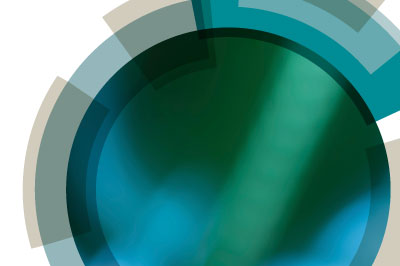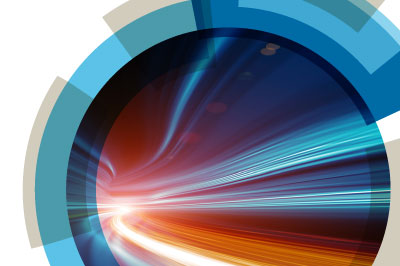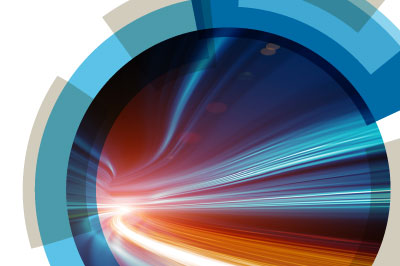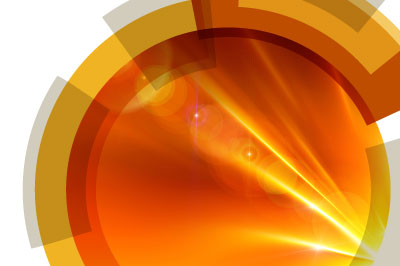The meeting will be the first physical meeting of the RSC Historical Group for some time, and as usual be free of charge.
Despite Covid precautions (see under "Downloads" for details), we expect the meeting to be comfortable for attendees (eg once an attendee is seated, there will be no requirement for mask-wearing).
Use the above button "Book now" to register, noting that the registration confirmation may arrive in your junk box, especially if you use outlook.com. In the case of difficulty, do not hesitate to contact the organiser via the dropdown "Contact Information" near the end of this Events webpage, quoting your RSC membership number if you have one.
Overview and who should attend
The meeting will review optical activity and molecular chirality from a historical perspective – beginning in the nineteenth century and ending with techniques that are used today in the latest facilities such as the Diamond Light Source, with special reference to the biological and pharmaceutical importance of chirality. Not only those interested in history of chemistry as such but those wishing to improve their knowledge in these areas will find the meeting of value.
Topics covered
In the early nineteenth century, the rotation of polarised light was observed in in solids such as quartz, but later in liquids such as turpentine and aqueous solutions of salts of tartaric acid.
From Dalton early in the century to Cannizzaro in 1860, chemists had developed a picture of molecules comprising known atoms in known numbers bound closely together.
These two strands of early nineteenth-century study came together in a brilliant way from Pasteur in 1860 to van’t Hoff and Le Bel in 1874. Molecules came to be pictured in 3-dimensional space with specific geometrical arrangement of the atoms. In particular, it was realised that when a carbon atom was bonded to four other atoms or groups, the carbon atom lay at the centre of a tetrahedron and the atoms or groups to which it was bonded lay at the corners. Such an arrangement meant that, if the four other atoms or groups differed from each other, the molecule would exist in two non-superimposable mirror-image (“enantiomeric”) forms and that each form would rotate the plane of polarised light equally and in opposite directions. Later, Lord Kelvin coined the word “chiral” for such “handed” molecules.
To arrive at such a detailed picture primarily by induction from macroscopic evidence was a great intellectual achievement, and in the twentieth century the validity of the picture was confirmed by direct investigation at the atomic level, especially by X-ray diffraction. In due course, X-ray diffraction allowed even the determination of absolute configuration, ie which mirror image (“R” or “S”) corresponded to the "(+)" enantiomer and which corresponded to the “(–)" enantiomer (historically notated "d" and "l" for "dextrarotatory" and "laevorotatory").
In 1895, Aimé Cotton published his discovery that chiral compounds with strong absorption of light such as transition metal tartrates displayed "anomalous" “optical rotatory dispersion” and “circular dichroism”. His technique as a means of studying molecular structure has been developed greatly since the 1960s, with improved instrumentation and the availability of powerful ultraviolet light from the Diamond Light Source. The technique can now be used, for instance, in the study of proteins in their natural biological rather than crystalline state.
Chirality is important because it matters to life; molecules arising from a particular biological process are often, though not always, in just one of two chiral forms. In Lewis Carroll’s Through the looking glass and what Alice found there, Alice speculates that “Perhaps Looking-glass milk isn't good to drink” – and she may be right at least in relation to the sugar lactose in the milk. And nowadays pharmaceutical products, usually sufficiently complex molecules to exist in chiral forms, may be administered in just one form in case the other form is bad for the patient. This has stimulated much development of chiral synthesis and of separation of enantiomers.
Speakers and session chairs are Dr Ian Blagbrough (University of Bath), Prof. Alan Dronsfield (University of Derby), Dr Michael Jewess (Organising Committee), Prof. Henry Rzepa (Imperial College), Prof. Giuliano Siligardi (Diamond Light Source), Dr Jane Skelly (Lewis Carroll Society), and Prof. John Steeds, FRS (University of Bristol).









